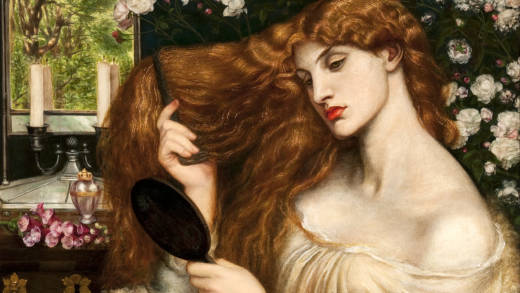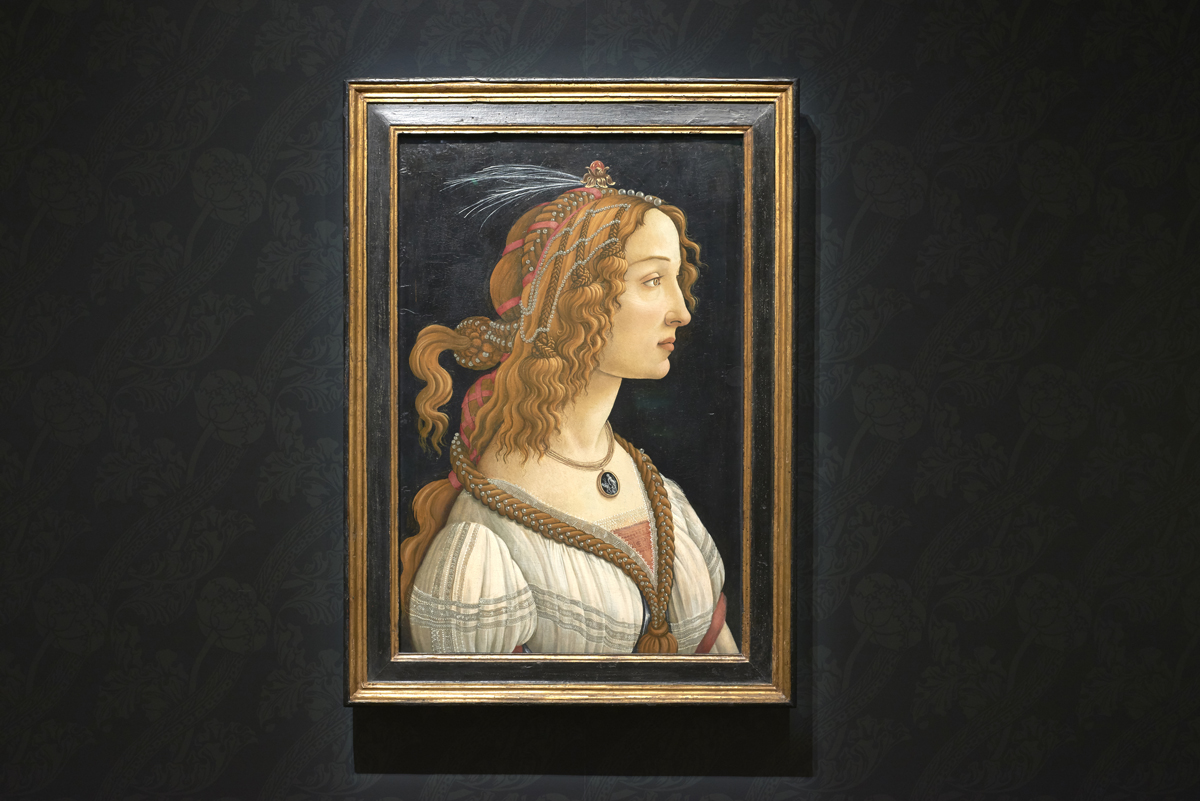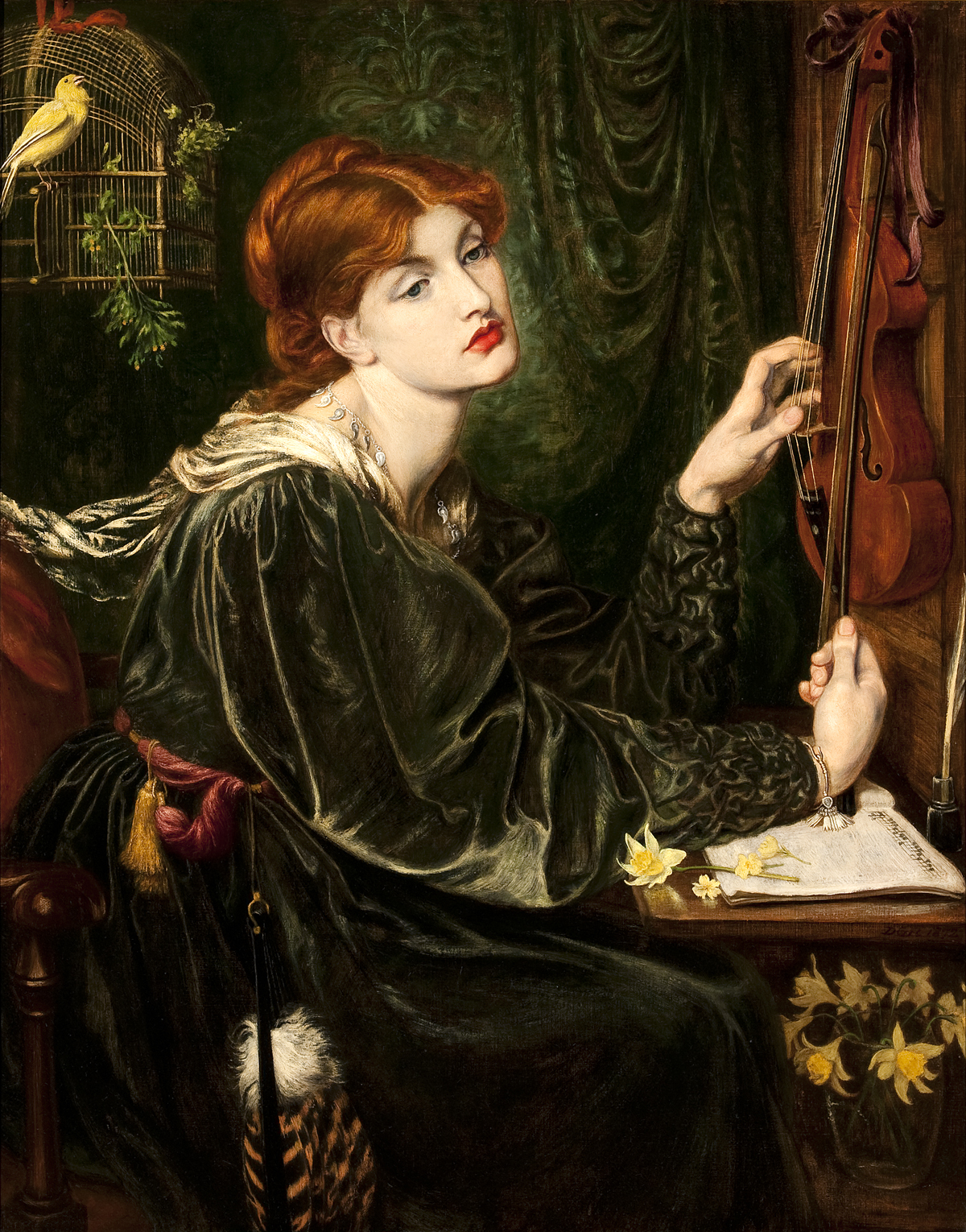Truth & Beauty: The Pre-Raphaelites and the Old Masters is an escape. In the mausoleum-like lower galleries at the Legion of Honor, there are no windows to remind you of the outside world. There’s also no cell service, so those terrifying push notifications can’t reach you. Absent these external reminders, the galleries and their contents create a sense of timelessness, aided by the fact that they’re filled with art spanning nearly eight centuries.
The Pre-Raphaelite Brotherhood, formed in 1848 by art students at London’s Royal Academy (more on that unfortunate naming decision later), pulled unapologetically from the old masters in their quest to express “truth to nature.” This means, among the works spanning centuries, an echoing of style and subject matter blurs the lines between the very old and slightly less old. The paintings, textiles and prints of both the Pre-Raphaelites and the medieval and Renaissance artists they admired are full of vibrant colors, angular poses, dense symbolism and romantic scenes, amounting to six galleries of pure beauty.
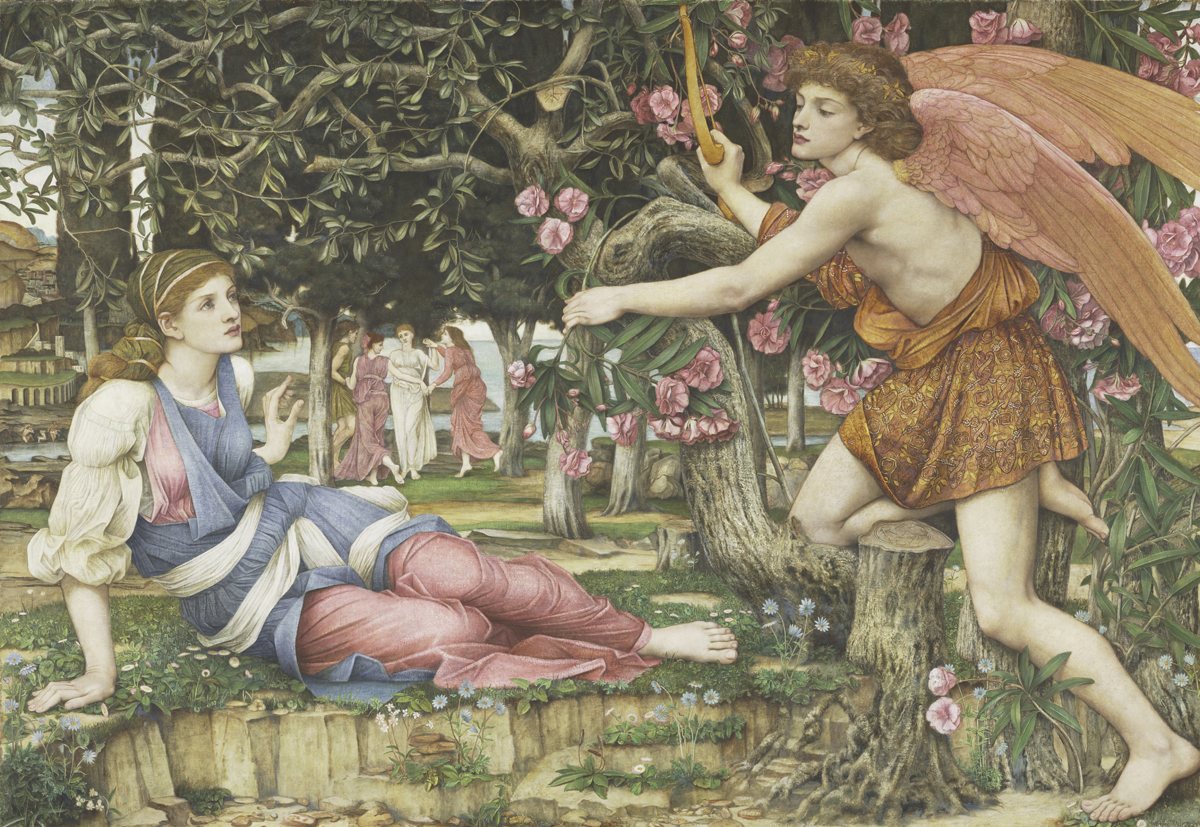
But before we get too far into the contents of those galleries: the name. The Pre-Raphaelite Brotherhood formed a full 328 years after the death of the Italian High Renaissance artist Raffaello Sanzio da Urbino (a.k.a. Raphael). Though these young art students did admire the work that came before Raphael, their primary stance was against the “Raphaelites,” the followers and imitators of Raphael who (they believed) regurgitated past methods without giving them new energy or significance. Being a Pre-Raphaelite meant returning to the primary source material—the old masters and nature itself.
The Legion of Honor exhibition, curated by the Fine Arts Museums’ Director of the Art Division Melissa Buron, focuses on three founding members of the “brotherhood,” William Holman Hunt, John Everett Millais and Dante Gabriel Rossetti, tracing their influences and protégées into the 20th century. The group took to heart the words of art critic (and Pre-Raphaelite champion) John Ruskin, to “go to nature in all singleness of heart … rejecting nothing, selecting nothing, and scorning nothing … and rejoicing always in the truth.”
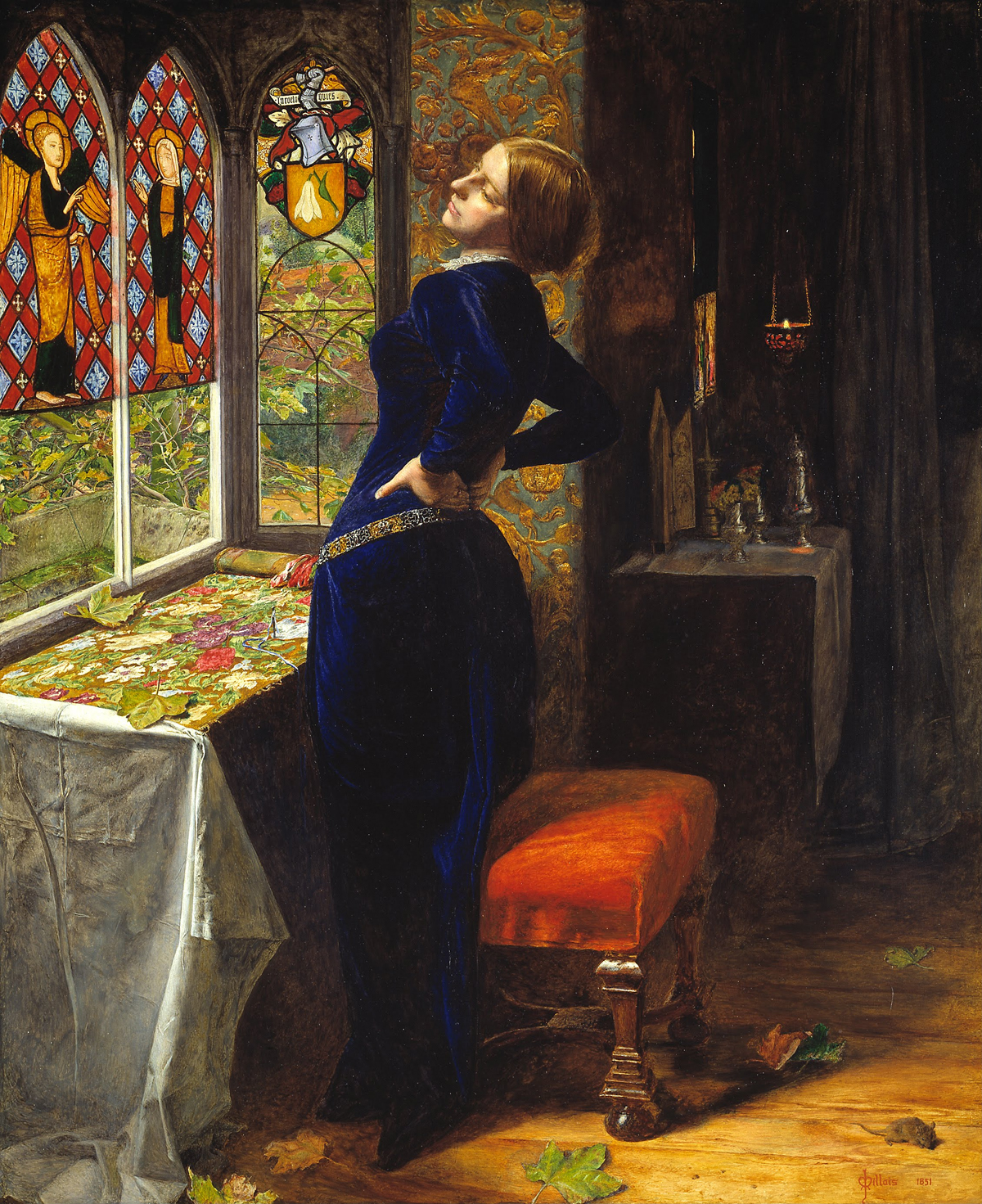
In early Pre-Raphaelite works, this meant precision. In the 1851 painting Mariana, Millais depicts a character from Shakespeare’s Measure for Measure, inspired by an Alfred, Lord Tennyson poem. The titular figure stands up from her floral needlework to stretch her back, leaves scattered around her workspace and outside her window. See, Millais seems to say, she too studies nature!
